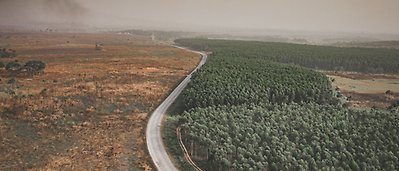Urban tinkering
Summary
Cities are currently experiencing serious, multifaceted impacts from global environmental change, especially climate change, and the degree to which they will need to cope with and adapt to such challenges will continue to increase. A complex systems approach inspired by evolutionary theory can inform strategies for policies and interventions to deal with growing urban vulnerabilities. Such an approach would guide the design of new (and redesign of existing) urban structures, while promoting innovative integration of grey, green and blue infrastructure in service of environmental and health objectives. Moreover, it would contribute to more flexible, effective policies for urban management and the use of urban space. Four decades ago, in a seminal paper in Science, the French evolutionary biologist and philosopher Francois Jacob noted that evolution differs significantly in its characteristic modes of action from processes that are designed and engineered de novo (Jacob in Science 196(4295):1161–1166, 1977). He labeled the evolutionary process “tinkering”, recognizing its foundation in the modification and molding of existing traits and forms, with occasional dramatic shifts in function in the context of changing conditions. This contrasts greatly with conventional engineering and design approaches that apply tailor-made materials and tools to achieve well-defined functions that are specified a priori. We here propose that urban tinkering is the application of evolutionary thinking to urban design, engineering, ecological restoration, management and governance.






